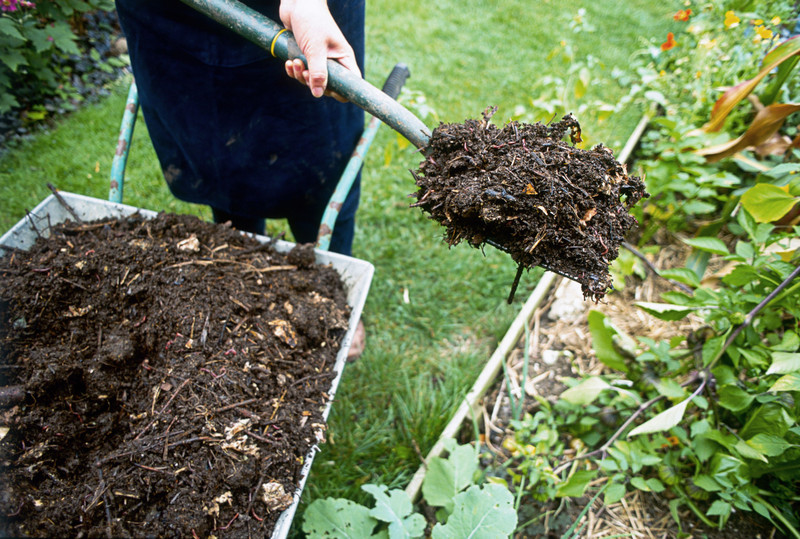Another Fall is fading into Winter here in the Northwest, and for us gardeners, it's good to be prepared. Especially this Winter, because it's supposed to be a doozy. La Nina is back for a second year in a row! (And, for those of you into folklore, there's a lot of black on the wooly bear caterpillars this year - meaning it might be colder and wetter!)
Despite the predictions however, we in the Pacific Northwest don't get Winters like ya'll do in other parts of the country. In colder zones, there are what we might call "true winters". The temperatures drop so low that not much of any weed growth, root growth or microbial life is moving. In those climates, preparing for Winter centers primarily around protecting plants from frostbite.
Here in the Pacific Northwest, however, the Winter isn't a full break for our gardens. While we still have to pay attention to temperature drops for sensitive plants, much of what we do centers around suppressing weeds, nourishing root growth, protecting soil texture, and growing microbial life.
I'm sure you've seen the weeds continue to grow, but you may not have known that those weeds are actually competing with the roots of your trees, because they too are still growing quietly underground! Which means the soil life is super active too. What's more, is that the relentless rain (especially of this La Nina winter) pounds any exposed ground and compacts the soil, making it harder for oxygen to penetrate to the roots of your plants. What's the solution, then?

For tips, we just have to look to nature to learn the one technique that does all of those things listed above: mulching. It's the single most important techinique to prepare for Winter in the garden. What's more, mulching doesn't just help in all those ways, it makes Spring so much more enjoyable. Who likes to weed in the cold March rain?
For perennials and natives, woodchips and/or bark are the best, especially when combined with cardboard and compost as underlayers. (Sometimes you can find chips for free from the power company or tree-care companies in your area.) These mulches last longer, come in various colors, invite helpful fungus, and suppress weeds longer. If instead you have easy access to deciduous leaves in your neighborhood, that can work great too.
Another variety of mulch is the non-organic kind - that's right, plastic. Black plastic can be very useful if you're trying to keep the soil drier and warmer to be able to work the soil and plant earlier in the Spring. However, it doesn't build soil and nourish plants the way organic material does.
We've outlined the ins and outs applying mulch in other newsletters, but it's worth giving a quick overview again. The ease of mulching will depend on the complexity of your garden...
If you mainly have stand-alone trees or shrubs, it's a breeze. Lay down a layer of cardboard, an inch deep layer of compost, and then 2-3 inch layer of woodchips. Keep it 6 inches from the trunk to prevent root rot, and extend it out to the edge of the drip line. In one fell swoop, you've fertilized, stoked the soil life, protected the soil from compaction, suppressed weed competition, kept the soil warmer, and fed your tree roots. Wow!
If you have complex plantings, especially those that include herbaceous perennials, you might want to hold off on the cardboard. It can prevent the reemergence of plant shoots in the Spring and be harder to place particularly around each little plant. Newspaper can be a substitute, or just use compost and woodchips. Or even, just a thin layer of woodchips will go a long way.
If you're getting bare root plants from us this Fall or Winter, you can go ahead and plant them right away in your mulched garden. Just pull the mulch aside (or punch a hole through the cardboard), dig your hole, plant as usual, and pull the mulch back around gently. It's best not to get too many woodchips in the planting hole, as they can bind up nitrogen.
It's not too late! Hop out there before the Winter deluge and get some mulch on the ground. Often you can get chips delivered right to your front yard. Enjoy!
stay warm and dry,
Justin Michelson
